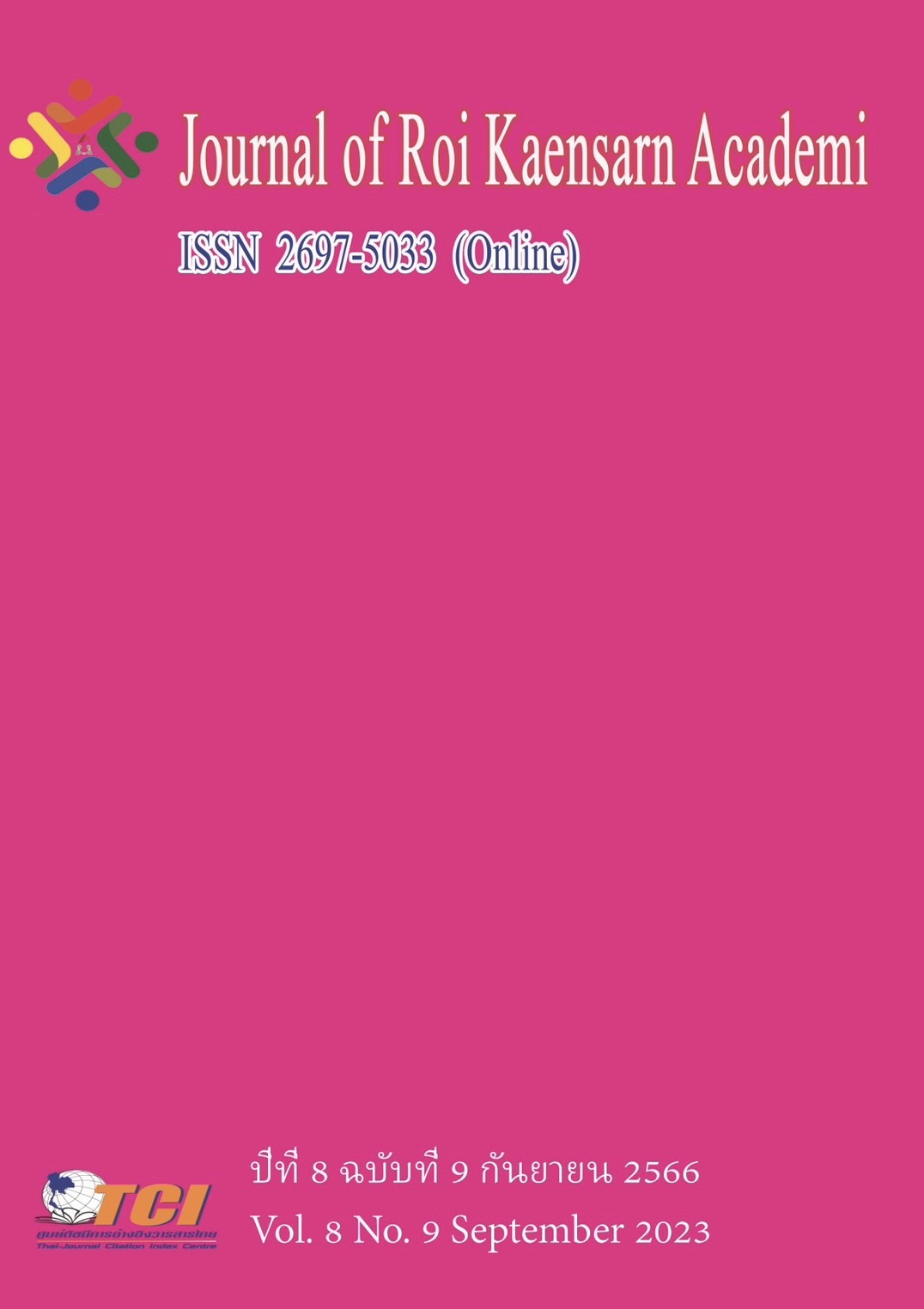The Dilemma of China's Private Art Museum of Famous Artists : A Case Study in Xi'an
Main Article Content
บทคัดย่อ
This article aims to investigate the challenges currently faced by private art museums run by renowned artists in Xi'an, Shaanxi province, China. Private art museums in China have a relatively short history, and those run by individual famous artists are even rarer. However, these privately-owned museums, which are centered around the artist's personal collection, can serve as the smallest unit of the city's art ecosystem - the community art ecosystem. This study aims to identify the challenges facing private art museums run by renowned artists in Xi'an, determine their significance in the art ecosystem, and gather information through interviews with the managers of five well-known private art museums in the area. The researchers analyzed the information collected and found the following results:
Insufficient funding. The museums have limited fundraising capabilities and rely on a single source of funding.
Lack of policies, implementation, and unequal distribution of resources.
Underdeveloped art market and art education market.
Lack of stable, effective, and systematic promotion channels during the museum's growth period.
Article Details
เอกสารอ้างอิง
Hu Caixia. Research on Xi'an Urban Cultural Construction[D]. Shaanxi: Xi'an University of Technology, 2009. DOI: 10.7666/d.D513078.
Wang Biao. A (2021). Symbol of Urban Spirit——Taking the Modernization of Art Museums as an Example[J]. Beauty and Times: Cities.(6), 6-7
Zhao Jinqiu. (2013). On the Significance of the Construction of Local Art Museums[J]. Art Education Research. (24), 52-53
Marzio, P. C. (2007). Minorities and fine-arts museums in the United States. In Museums and their Communities. (330-334). Routledge.
Sandell, R. (1998). Museums as agents of social inclusion. Museum management and curatorship. 17 (4), 401-418.
O’Neill, M. (2003). The good enough visitor. In Museums, society, inequality. (44-60). Routledge.
Jung, Y. (2011). The art museum ecosystem: A new alternative model. Museum Management and Curator ship. 26 (4), 321-338.
Song Bing. (2016). Research on Art Museums of Famous Artists in Jiangsu, Zhejiang and Shanghai[D]. Jiangsu: Southeast University. DOI: 10.7666/d.Y3142210.
Zhu Di. (2012). Pay attention to the construction of art museums of famous artists, enrich and improve the development pattern of art museums. National Art Museum of China. (09), 6-8.
Lu Xin. (2013). The Crisis of Famous Houses. Fine Arts. (12), 93-94.
Xie Juan. (2019). The Operation and Thinking of Famous Art Museums Relying on the Museum Management Model—Taking Xiling Erli Art Museum in Xiangtan as an Example. Collection, 18.
Bai Qian. (2013). On the Rise and Sustainable Development of Private Art Museums in Second-tier Cities—Taking the Construction and Development of Private Art Museums in Xi'an as an Example[J]. Northwest Fine Arts. (4), 2-4.
Chen Qiuning. (2020). Practical Difficulties and Relief Strategies of Private Art Museums[D]. Hubei: Wuhan University.
Yang Weixiong. (2021). Exploring and Analyzing the Operation Direction of Private Art Museums[J]. Literary Life•Late Week. (3), 283-284. DOI:10.12228/j.issn.1005-5312.2021.03.140.
Li Jinsha, Zhang Yu. (2020). A Glimpse of the Public Value and Development Strategies of Private Art Museums. China Literature and Art Review (12), 77-85. doi:10.19324/j. cnki.zgwypl.2020.12.009.
Zhang Sulin. (2020). Research on the Unbalanced Regional Development of Private Art Museums in China (Master's thesis, Inner Mongolia Normal University).

